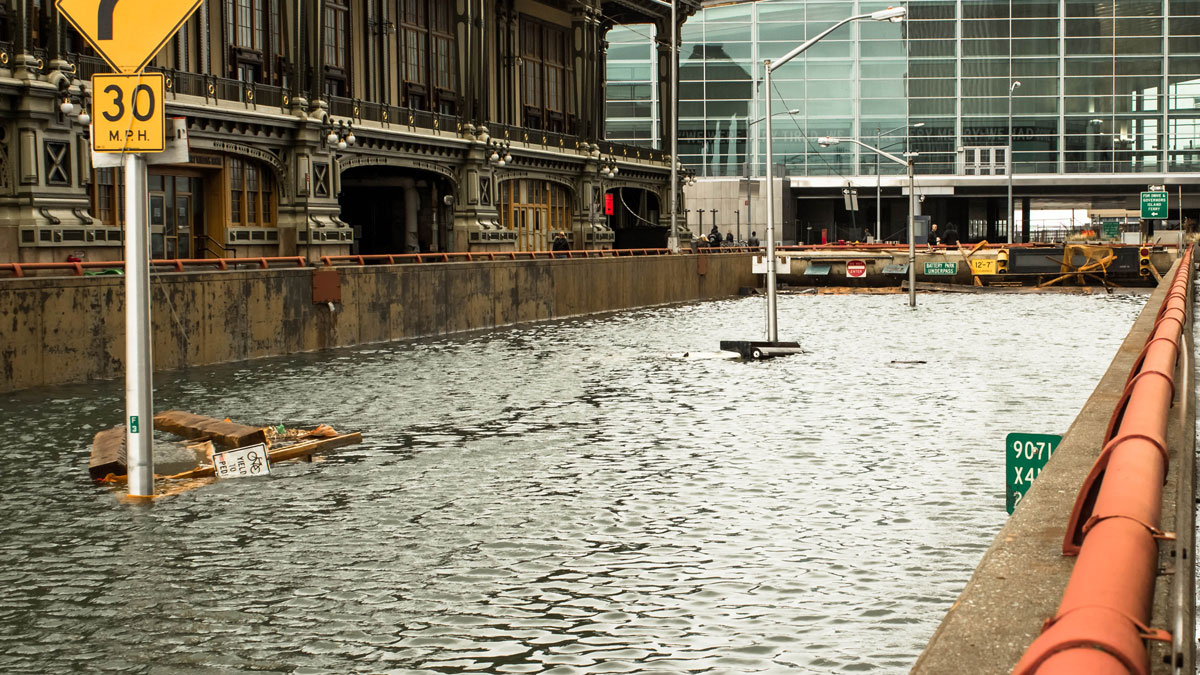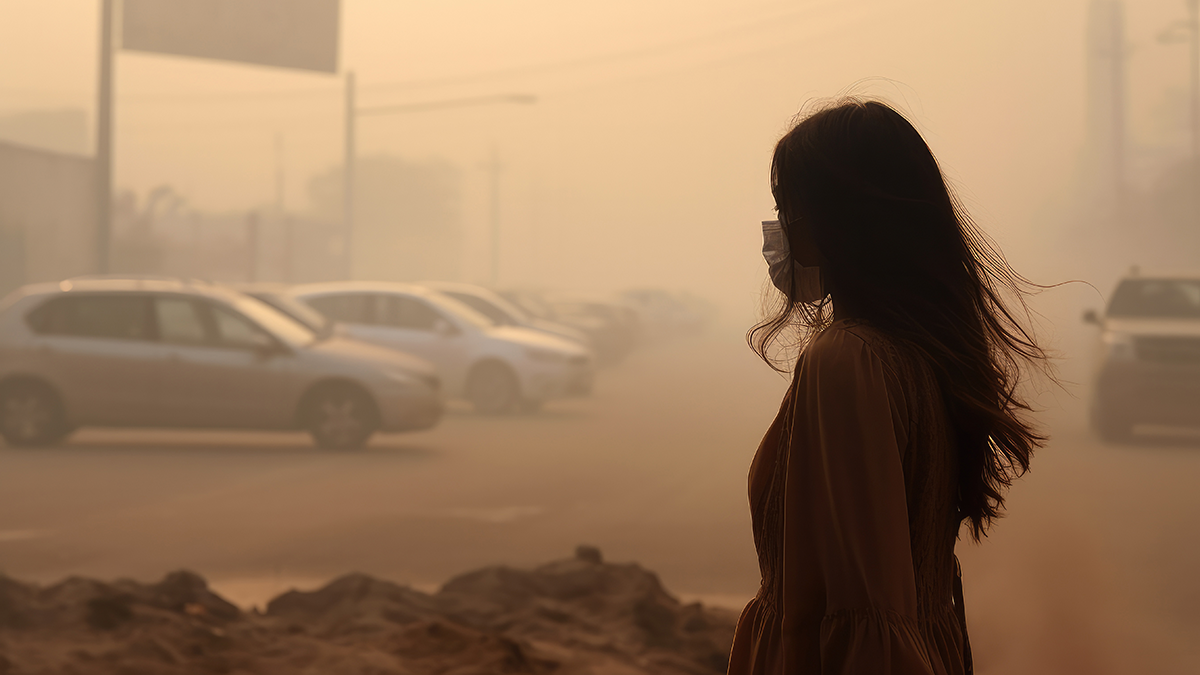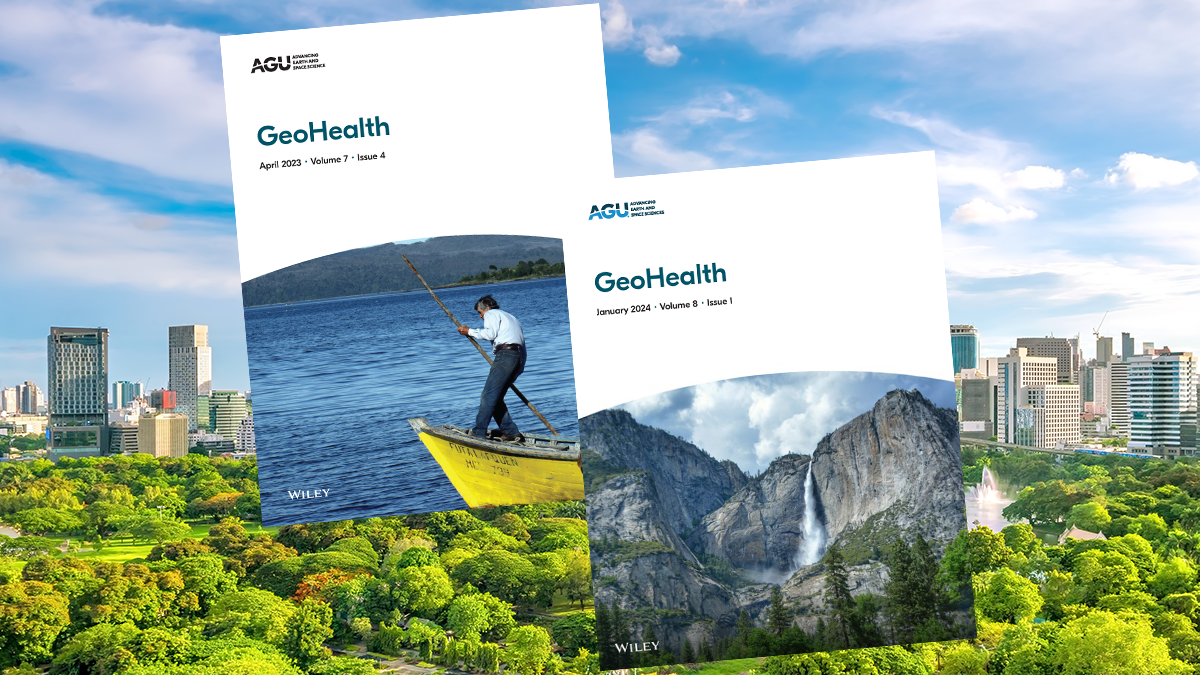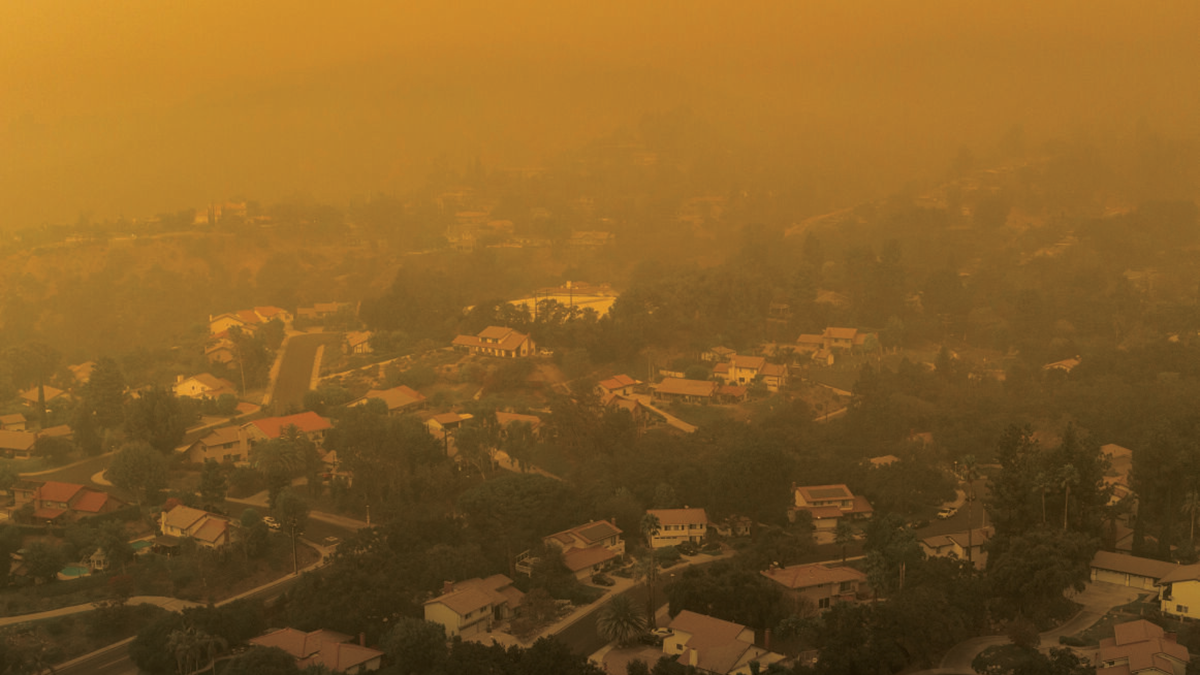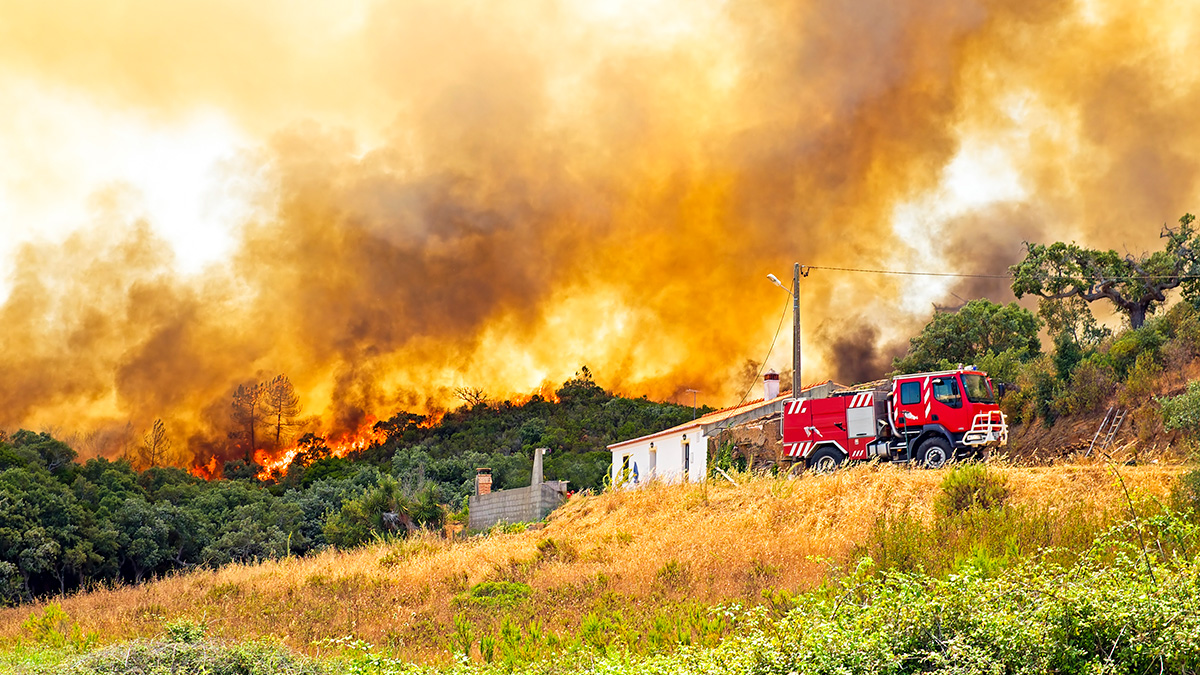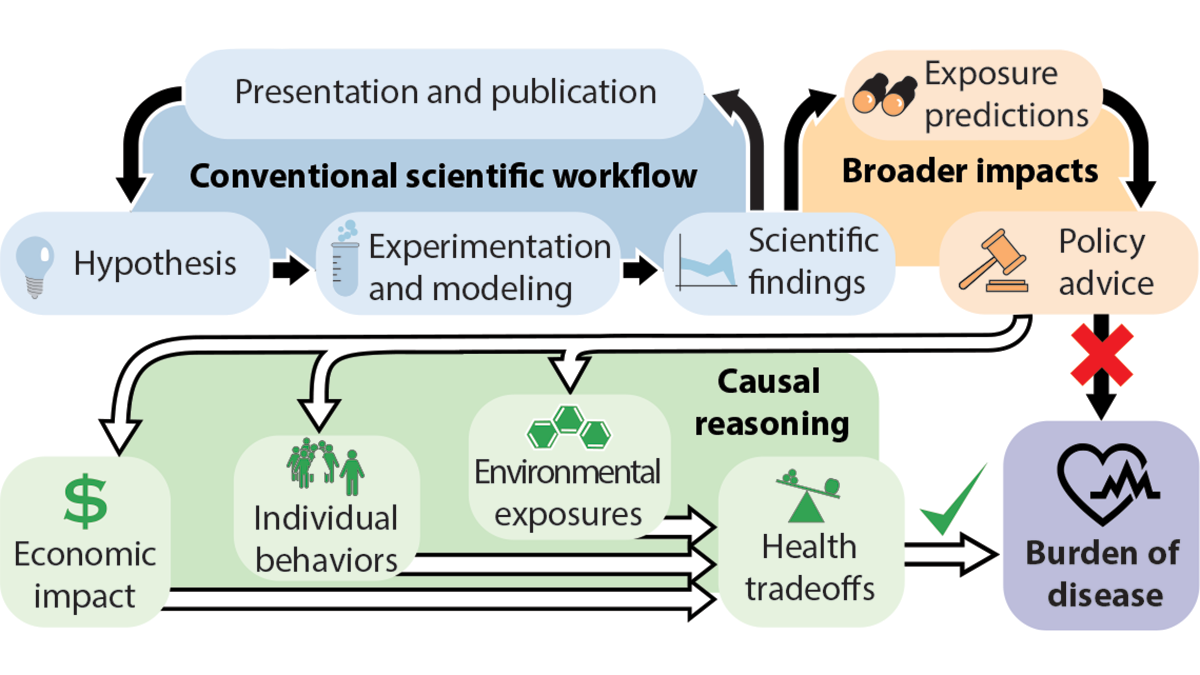The pioneering Sulfur Transport and Deposition Model, initially designed to simulate atmospheric sulfur, continues to find new applications and value in environmental science and policymaking.
public health
Alerting Communities to Hyperlocalized Urban Flooding
A high-accuracy, low-cost sensor network may change the way urban floods are detected and monitored.
Roman Plagues Struck During Cool, Dry Periods
Marine sediments from the Gulf of Taranto offer a high-resolution look at climate during ancient disease outbreaks.
Urban Nature Is Often Plentiful but Inaccessible
A novel research framework deepens understanding of urban nature accessibility and highlights progress toward green space goals.
OneHealth, Climate Change, and Infectious Microbes
AGU and ASM welcome submissions to a joint special collection focusing on the impacts of climate change and microbes on human well-being.
GeoHealth Comes of Age
The outgoing and incoming Editors in Chief of GeoHealth reflect on recent years of growth and expansion in the journal while they plan for the challenges ahead.
The Connections Between Landscape Fires and Your Health
A transdisciplinary reference guide to investigating relationships between biomass burning during landscape fires, the smoke it creates, and the impacts on human health and well-being.
Satellites Map Environmental Vulnerabilities in U.S. Prisons
Geoscientists are using remote sensing to gather data on risks including increased exposure to air and soil pollution, excessive heat, wildfire, and flooding.
How Wildfires and Weather Affect Portugal’s Public Health
Researchers dug into data to examine the effects of wildfires, pollutants, and meteorological factors on mortality and cardiovascular health in the Iberian country.
Connecting the Dots Between Geohealth Research and Health Policy
Geohealth research is typically focused on environment-health impacts, but including physical and social mechanisms, and health and non-health trade-offs, can result in better policy benefits.


